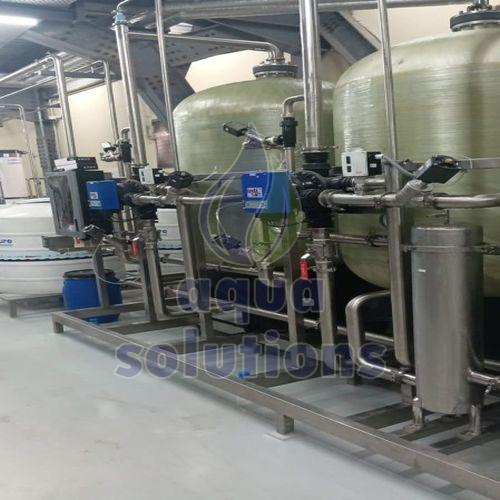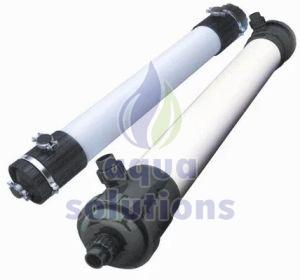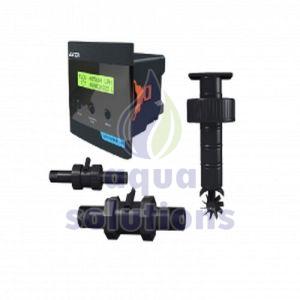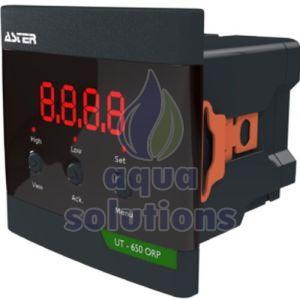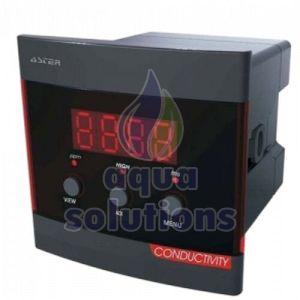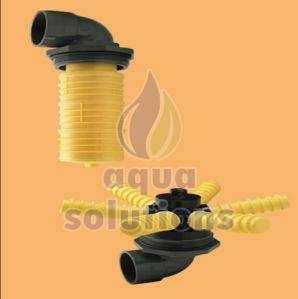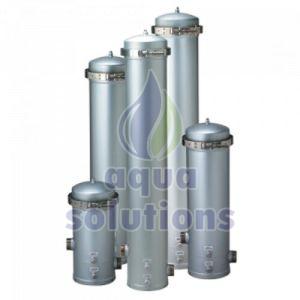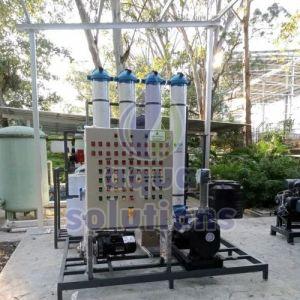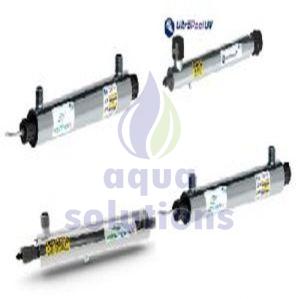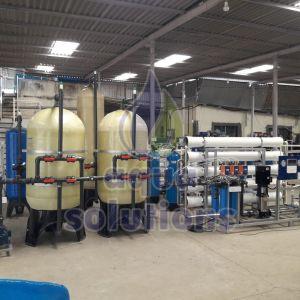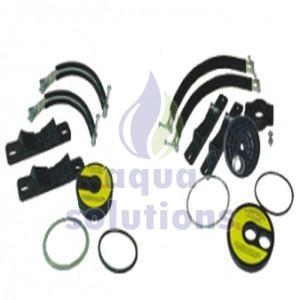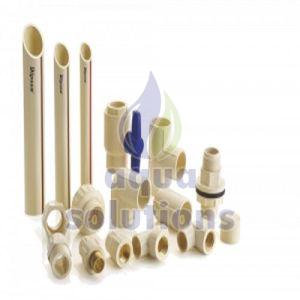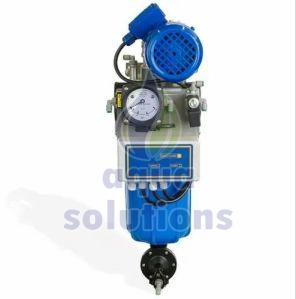aquasolutions87@gmail.com - GST NO. : 27AHBPJ8891L1ZP
| Business Type | Manufacturer, Exporter, Supplier |
| Application | Drinking Water, Industrial Processing, Agriculture, Hotels, Housing Societies, Schools |
| Material | FRP / MSRL / SS 304 Or 316 |
| Function | Removes Physical, Chemical & Microbial Impurities |
| Click to view more | |
Product Details
- Water Filtration Plant
A water filtration plant is a facility designed to purify raw water from natural sources such as rivers, lakes, or reservoirs. Through a series of physical, chemical, and sometimes biological processes, it removes impurities and contaminants, ensuring the water meets safety and quality standards for drinking, domestic, industrial, and municipal use.
Purpose of a Water Filtration PlantTo remove contaminants like suspended solids, organic matter, bacteria, and viruses from raw water.
To ensure compliance with regulatory and health standards (such as BIS, WHO, or EPA).
To provide a consistent, reliable supply of clean and safe water for communities, industries, and municipalities.
1. Pre-treatment
Involves chemical dosing for pH correction, coagulation, and flocculation.
Helps agglomerate fine particles for easier removal.
May include pre-filtration to eliminate larger debris or turbidity.
2. Filtration
Utilizes multimedia filters (sand, gravel, anthracite) or membrane filters (microfiltration, ultrafiltration).
Removes fine suspended solids, color, and some microorganisms.
3. Disinfection
Destroys or inactivates pathogens (bacteria, viruses, protozoa).
Common methods include chlorination, ozonation, and UV irradiation.
4. Advanced Treatment (Optional)
Used in specialized or high-purity applications (e.g., for industries or hospitals).
May include reverse osmosis, ion exchange, or activated carbon filtration to remove dissolved solids, trace organics, or heavy metals.
Intake Structures
Draw water from natural sources like rivers, lakes, or reservoirs.
Pumps
Transport water through each stage of the treatment process.
Chemical Feed Systems
Inject coagulants, disinfectants, pH adjusters, and other necessary chemicals.
Settling Basins / Clarifiers
Provide time for heavy particles to settle before filtration.
Filtration Units
Include sand filters, pressure filters, or membrane units depending on the plant design.
Disinfection Units
Chlorine contact tanks, UV lamps, or ozone generators for final microbial control.
Automation and Control Systems
Utilize PLC and SCADA for real-time monitoring and efficient plant operation.
Storage Tanks
Store treated water before it enters the distribution system.
Water Testing Laboratory
Performs regular sampling and analysis to ensure quality throughout the process.

